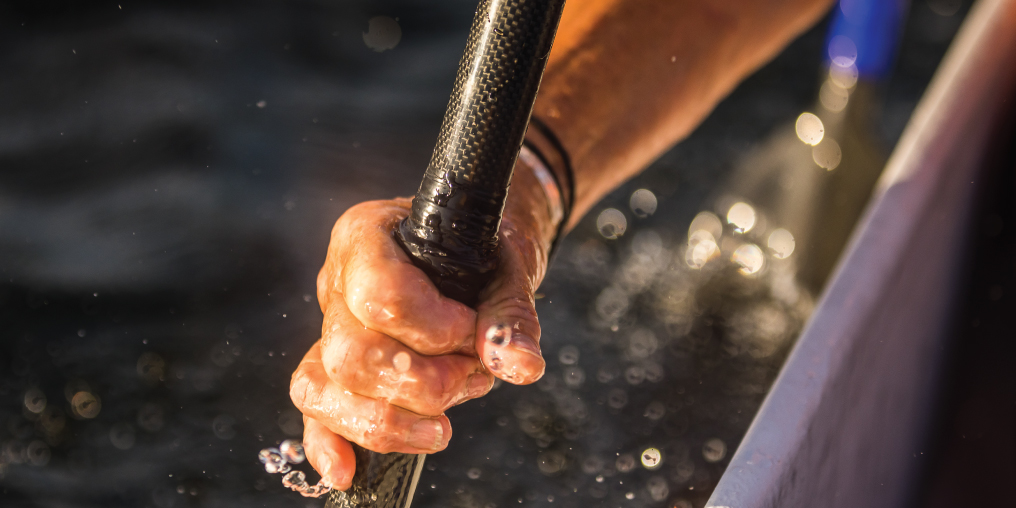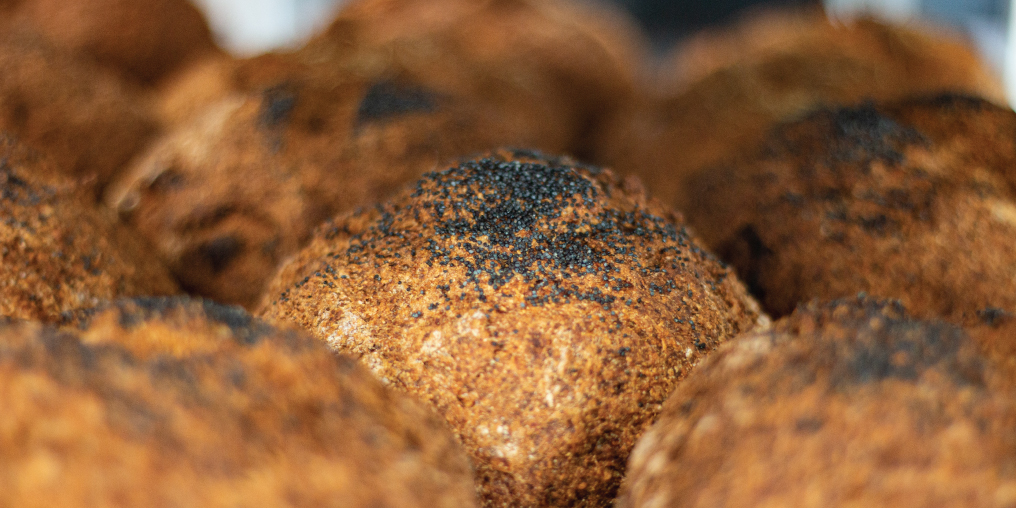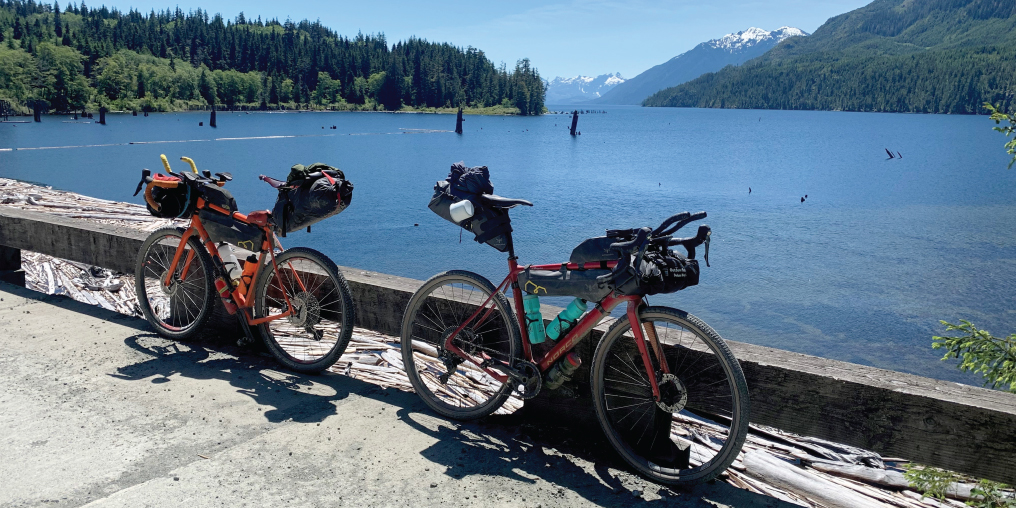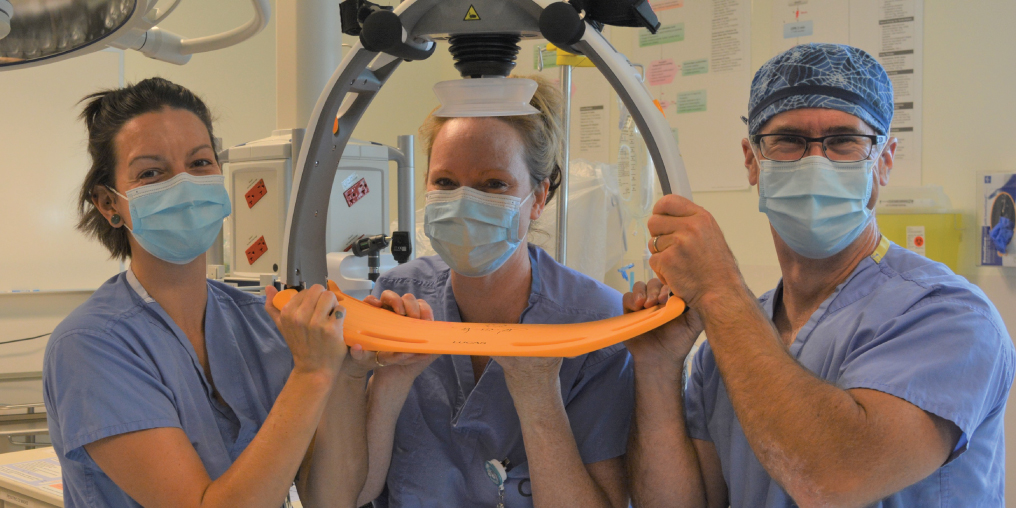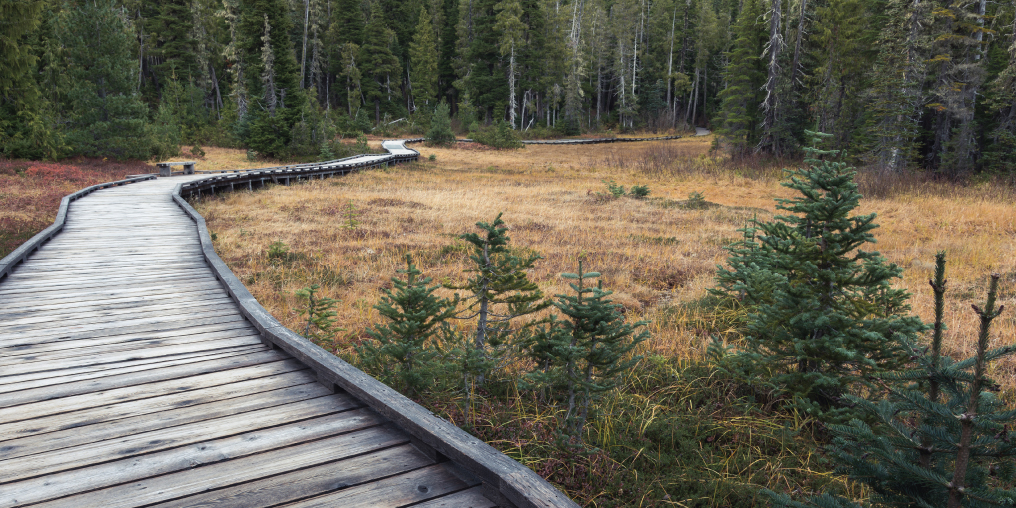The very first time I dipped my paddle into the Salish Sea, wedged awkwardly in the belly of a dragon boat, I was smitten. Whether it was the friendly seals, the eagles overhead, or the view of the Comox Glacier, I knew this was something I wanted more of.
Hope Afloat Canada, a breast cancer survivor dragon boat team, was recruiting associate members (non-cancer survivors) from the community. I was initially drawn to the water sport as an opportunity to meet women my age and pay homage to my mother, who endured breast cancer in her fifties.
What I found was a community of determined women living full and active lives while dealing with their personal dragons. Catching the water with the blades of our paddles in unison, feeling the surge pass through the long boat—particularly when racing—is a thrill we never tire of.
Dragon boating started in China to commemorate the death of the great poet Qu Yuan. With rituals and colourful festivals dating back 2000 years, it’s now practiced in over 30 countries.
Its modern launch came in 1996, when a UBC research team led by sports medicine specialist Dr. Don McKenzie discovered that dragon boating helped breast cancer patients recover more quickly after surgery, thanks to increased upper body strength and the team’s supportive social environment. This study inspired the formation of cancer survivor dragon boat teams throughout the world. Canada currently has 56 survivor teams, and Canadian breast cancer teams are an integral part of any major dragon boat festival.
In 2002, a group of local breast cancer survivors had a vision to become the first dragon boat team in the Comox Valley. That same year, after community fundraising efforts yielded over $20,000, the group purchased a 48-foot dragon boat built in Vancouver by Vincent Lo (Six-Sixteen Dragon Boats).
The Hope Afloat dragon boat was immediately deeded back to community recreation so other groups could use it to learn the sport. She is much loved and regularly used for the team’s biweekly practices.
Today, 10 dragon boat teams—competitive, mixed gender, youth, and recreational—call the Valley home.
A typical dragon boat seats 20 to 22 paddlers who move like engine pistons while a drummer creates the heartbeat and a steersperson manages the 20-foot oar. Race lengths are 350 to 2000 metres. Practices on the water involve drills to improve speed and technique, while dryland training helps build power and stamina.
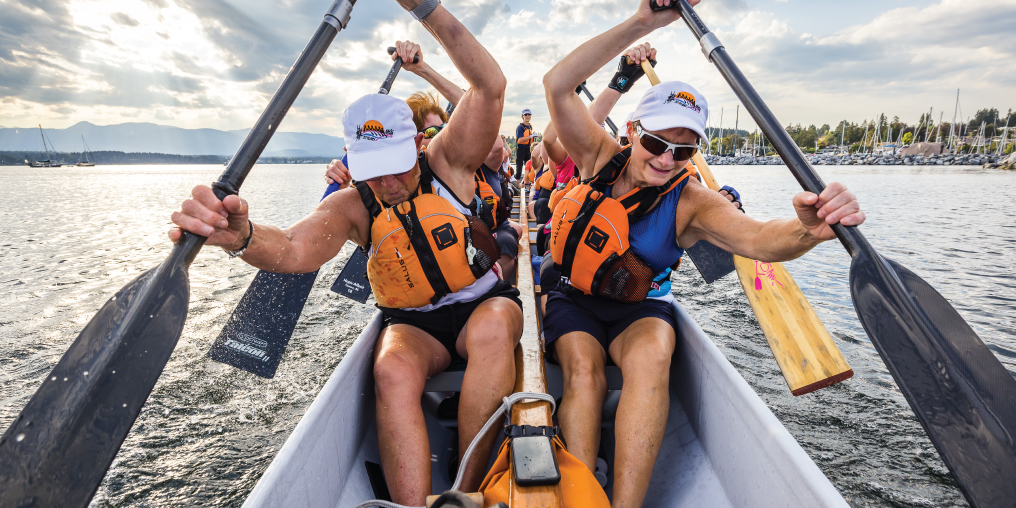
Gaetane Palardy began braving chilly spring practices in 2015 while undergoing breast cancer treatment. This former chef, who now offers culinary day trips in the Comox Valley through her business, Island Gourmet Trails, is one of the 185 incredible Comox Valley women (ages 35 to 80) who have paddled on the Hope Afloat team since 2002.
Palardy says, “I knew right away that this was a community of support that I wanted. I got quite involved with recruitment and membership. For me, it was the best way to enjoy the beautiful water with friends.”
The team is active in the community; members build relationships with the broader dragon boat community and volunteer with other local cancer organizations’ fundraising efforts. For over 20 years, the society has administered the annual Anne Gibbon Memorial Bursary, awarded to one or two Comox Valley high school grads pursuing higher education in health sciences.
Alumni, who no longer paddle, continue to be ambassadors for dragon boating and assist with volunteer projects, history gathering, and educating the next generation about the value of community and cancer awareness.
Team coaches have included the Comox Valley’s Olympian sprint kayaker Don Irvine, local lifestyle reporter Judi Murakami, and most recently Andrea Keenan, a well-known paddling coach with VI Paddling (with which Hope Afloat Canada is now affiliated).
Some paddlers have moved into competitive levels of dragon boating, with notable success at the national and international level, including the Concord Pacific Dragon Boat Festival in Vancouver, North America’s largest dragon boat festival and largest gathering for breast (and other) cancer survivors.
In May 2022, to commemorate the 20th anniversary of Hope Afloat Canada in the Comox Valley, local dignitaries, including Chief Wedlidi Speck, performed an Indigenous blessing and a traditional Chinese Dotting of the Eye on the dragon, unleashing the power of the dragon spirit once again.
Dragon boating, which continues to gain popularity worldwide, is still much associated with the fight against cancer. At least once a year, Hope Afloat members and families gather for the Carnation Memorial Ceremony, where they toss flowers from the dock and dragon boat into the water to honour those touched by cancer. It is profoundly meaningful for all. The spirit of those we have lost is always with us when we go out to sea.
Over twenty seasons, the blue-spotted Hope Afloat boat has carried many lives, dreams, and hope over this beautiful estuary. The dragons are an integral part of the Comox Valley, and if you listen closely, you can hear them roar across the Salish Sea.
If the belly of a dragon boat is a place you would like to be, visit www.hopeafloatcanada.ca or the Hope Afloat Canada Facebook page to learn more.
October is Breast Cancer Awareness Month across Canada. The leading type of cancer in women, it affects millions globally, but newer treatments promise a much higher recovery rate. Local screening is available in the Comox Valley.
One in eight women will face a breast cancer diagnosis in her lifetime. 28,600 women and 270 men will be diagnosed with breast cancer in 2022. Over 100,000 women currently live with breast cancer.
Source: www.cancer.ca

